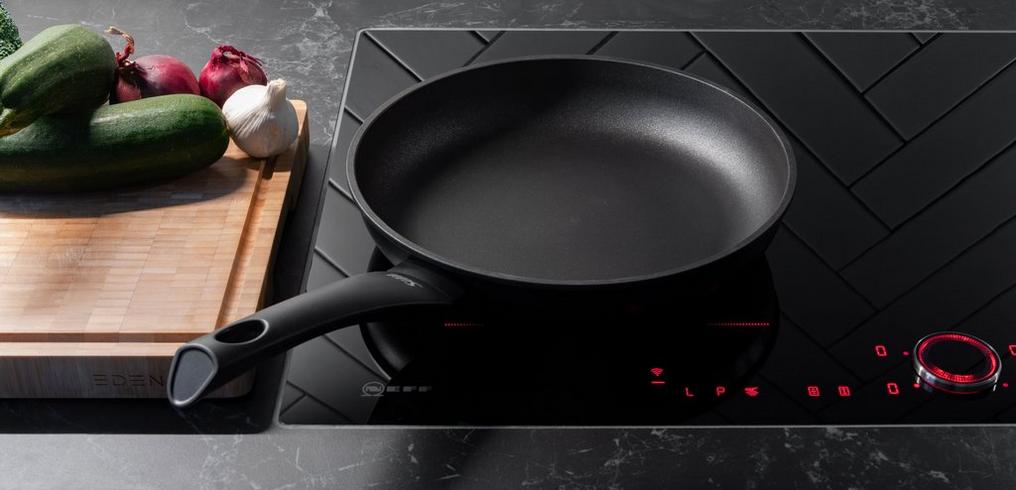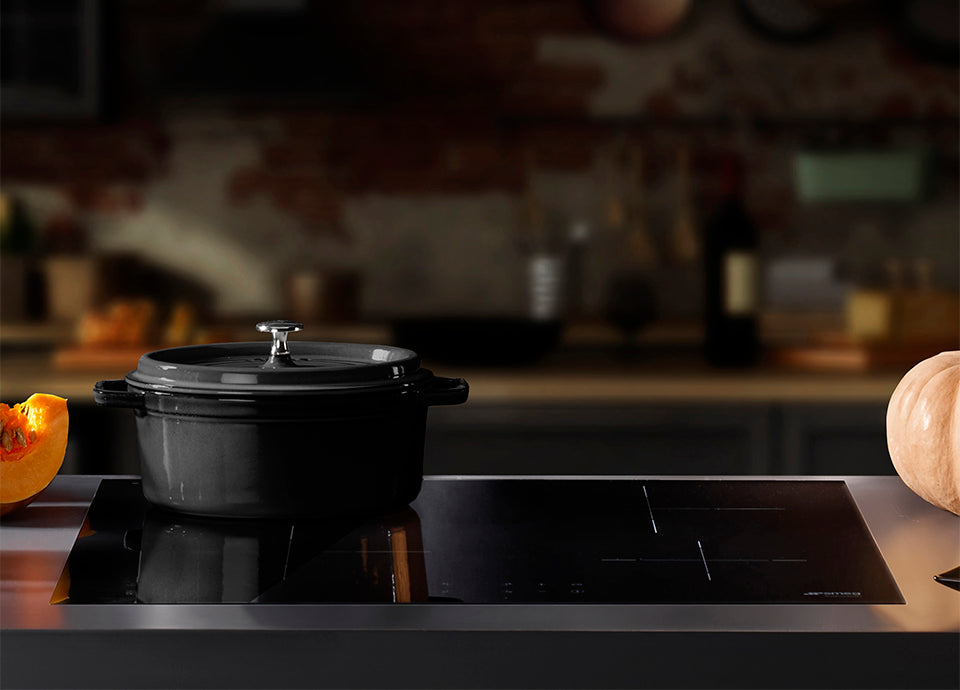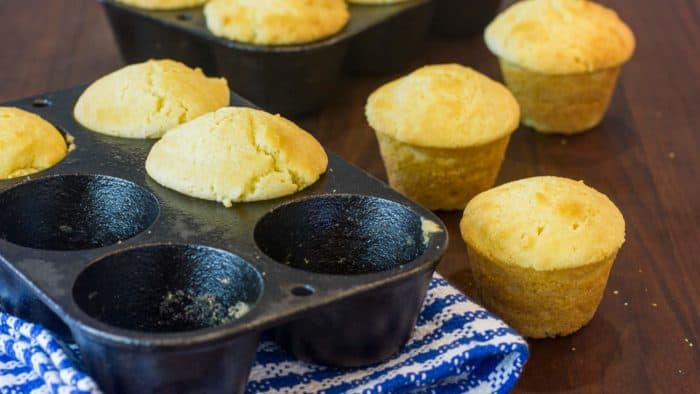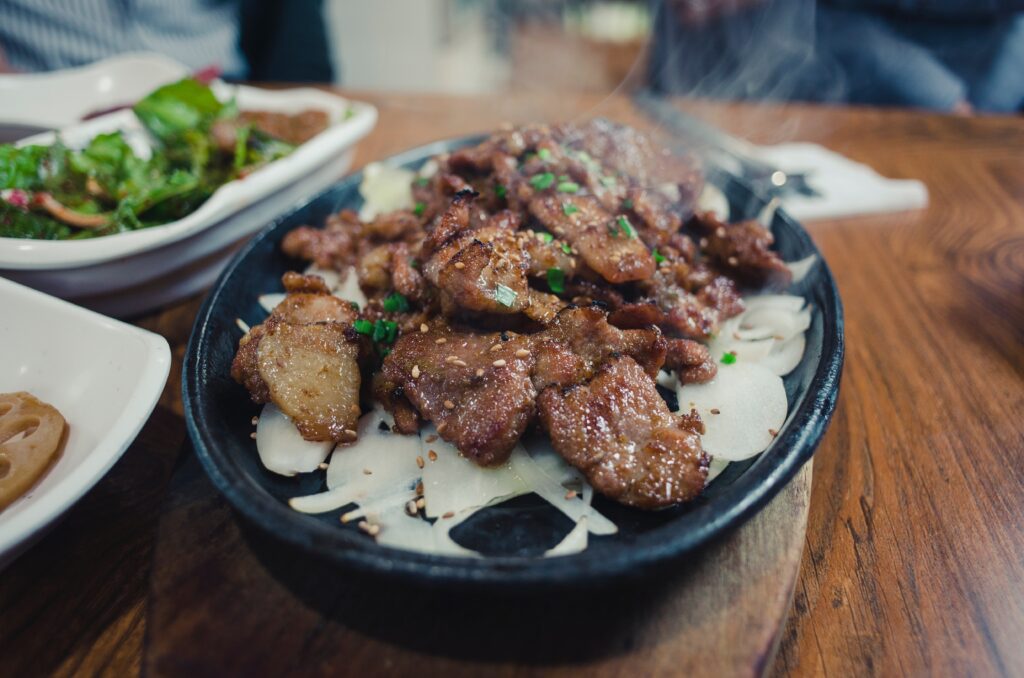As a kitchen professional, understanding the nuances of cooking curry in cast iron on induction cooktops can significantly enhance the quality and flavor of your dishes. The combination of a robust cast iron skillet and a versatile induction stove offers numerous advantages, including even heat distribution and energy efficiency. In this article, we'll explore the benefits, techniques, and tips for mastering this cooking method.

Why Choose Cast Iron for Curry?
When it comes to cooking curry, the choice of cookware is crucial. Cast iron has been a favorite among chefs for years due to its ability to retain and distribute heat evenly. This quality is especially important when preparing curries, as it ensures that the spices and ingredients meld together perfectly. Furthermore, cast iron is incredibly durable, making it a long-lasting investment for any kitchen.
Using cast iron on an induction cooktop is also highly efficient. Induction cooktops heat the pan directly rather than the surface beneath it, resulting in faster cooking times and reduced energy consumption. This method not only saves time but also preserves the nutritional value of your ingredients.
Mastering Induction Cooking
Induction cooking is a modern technique that offers precision and control, making it ideal for cooking curry. Unlike traditional gas or electric stoves, induction cooktops use magnetic fields to generate heat directly in the pan. This technology allows for rapid temperature adjustments, which is essential when preparing complex dishes like curry.
To get the most out of your induction cooktop, it's essential to use cast iron cookware. Lodge Cast Iron offers a range of induction-compatible pans that are perfect for this purpose. These pans are designed to work seamlessly with induction technology, ensuring that your curry cooks evenly and consistently.
Seasoning Your Cast Iron Skillet
Before you start cooking curry in cast iron on induction, it's important to ensure that your skillet is properly seasoned. Seasoning not only prevents food from sticking but also adds a layer of flavor to your dishes. To season your cast iron skillet, follow these simple steps:
- Clean the skillet thoroughly with warm water and mild soap.
- Dry the skillet completely with a towel.
- Apply a thin layer of vegetable oil to the entire surface of the skillet, including the handle and bottom.
- Place the skillet upside down in an oven preheated to 375F (190C).
- Bake for one hour, then let it cool in the oven.
Regular seasoning will keep your cast iron skillet in top condition and enhance the flavor of your curries.
Choosing the Right Ingredients
The quality of your ingredients can make or break a curry. Fresh spices, high-quality meat or vegetables, and aromatic herbs are essential for creating a flavorful dish. When using an induction cooktop, you have the advantage of precise temperature control, allowing you to toast spices and sear meat to perfection.
Consider incorporating a variety of spices such as cumin, coriander, turmeric, and cardamom to create a rich and complex flavor profile. Fresh herbs like cilantro and mint can add a refreshing contrast to the warmth of the spices.
Cooking Techniques for Induction
To achieve the best results when cooking curry in cast iron on induction, it's important to use the right techniques. Here are some tips to help you master this cooking method:
- Preheat your skillet: Before adding ingredients, allow your cast iron skillet to preheat on the induction cooktop. This step ensures even cooking and prevents food from sticking.
- Control the heat: Use the precise temperature controls of your induction cooktop to adjust the heat as needed. Start on a medium-high setting to sear meats and saut aromatics, then reduce the heat to simmer the curry gently.
- Use a lid: Covering your skillet with a lid helps retain moisture and flavors, resulting in a tender and aromatic curry.
Cleaning and Maintenance
Proper cleaning and maintenance of your cast iron skillet are essential for its longevity. After cooking curry, allow the skillet to cool before cleaning. Avoid using harsh detergents, as they can strip away the seasoning. Instead, use a brush or sponge with warm water to gently clean the surface.
After washing, dry the skillet thoroughly and apply a light coat of oil to prevent rust. Store it in a dry place to maintain its condition for years to come.
Conclusion
Mastering the art of cooking curry in cast iron on induction is a valuable skill for any kitchen professional. The combination of a cast iron skillet and an induction cooktop offers unparalleled control and efficiency, resulting in flavorful and perfectly cooked curries. By choosing the right ingredients, seasoning your skillet, and utilizing precise cooking techniques, you can elevate your curry dishes to new heights.
For more tips on balancing textures in your meals, visit our blog for additional insights and techniques.

FAQ
Can I use any cast iron skillet on an induction cooktop?
Not all cast iron skillets are suitable for induction cooking. Ensure that your skillet has a flat bottom and is labeled as induction-compatible.
What is the best way to clean cast iron after cooking curry?
Clean your cast iron skillet with warm water and a brush or sponge. Avoid using harsh detergents and always dry it thoroughly to prevent rust.
How can I prevent my curry from sticking to the skillet?
Properly seasoning your cast iron skillet and preheating it before cooking can help prevent food from sticking. Additionally, controlling the heat with your induction cooktop ensures even cooking.






Leave a comment
This site is protected by hCaptcha and the hCaptcha Privacy Policy and Terms of Service apply.